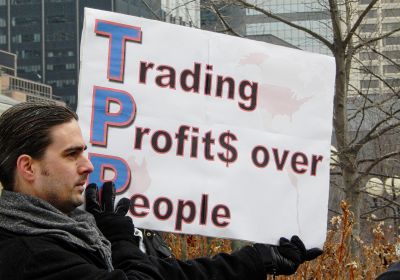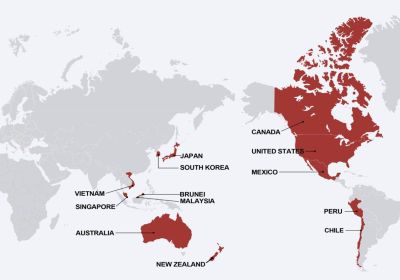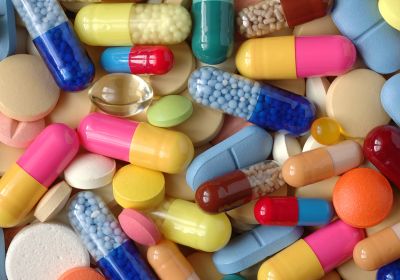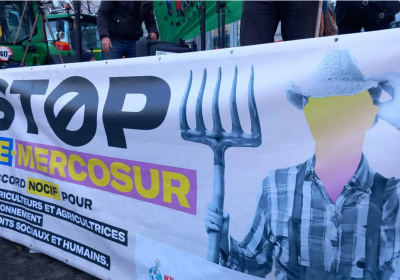
The signing of the world’s biggest free trade agreement between the European Union and Southern Common Market — after 25 years of stalled negotiations — has grave implications for the environment and human rights, reports Ben Radford.

The signing of the world’s biggest free trade agreement between the European Union and Southern Common Market — after 25 years of stalled negotiations — has grave implications for the environment and human rights, reports Ben Radford.
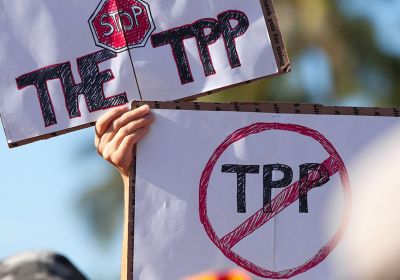
With the release of the full text of the Comprehensive and Progressive Agreement for Trans-Pacific Partnership (CPTPP) on February 21, activists in the 11 signatory countries finally got to see if their worst fears of a corporate power grab would be confirmed.
Unfortunately, they mostly were.
